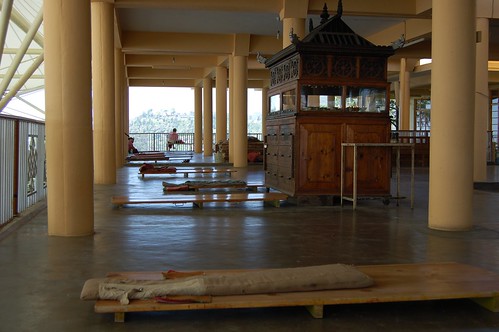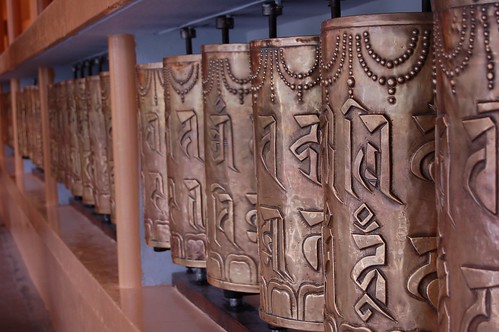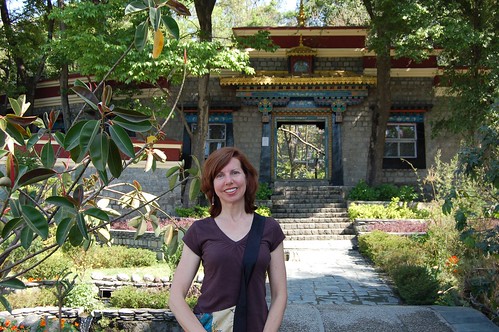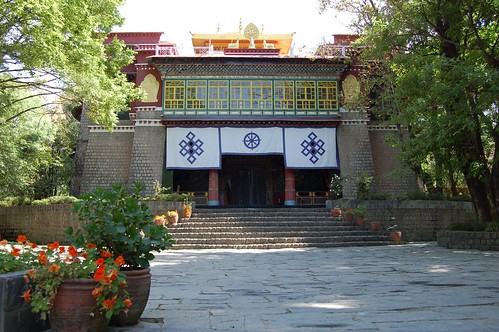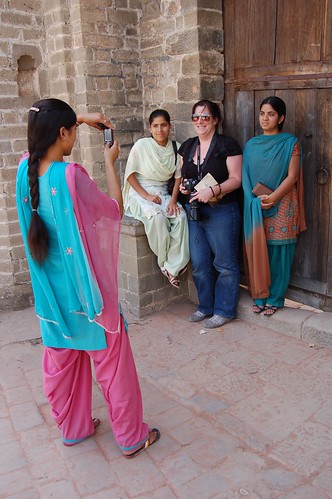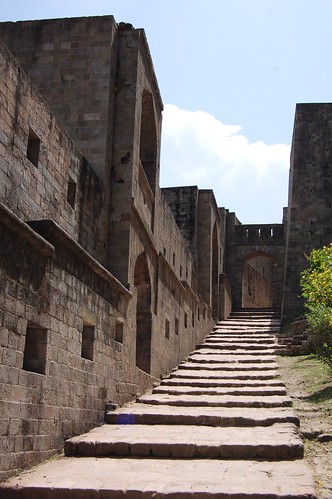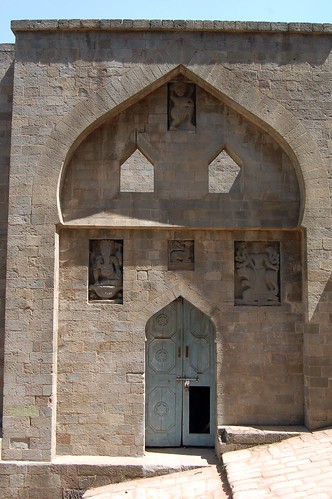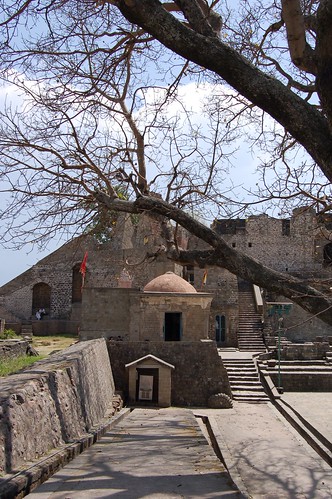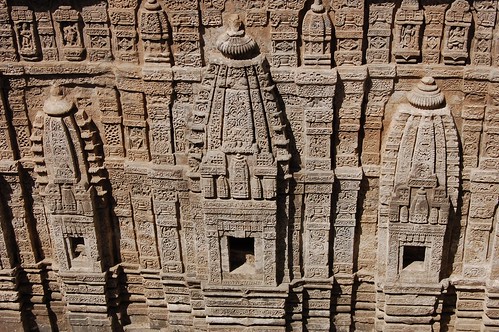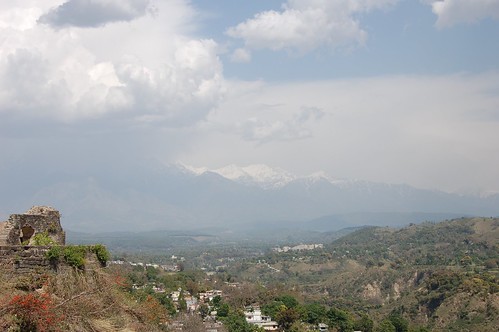For the love of Peter Rabbit, as my Nana used to say, why am I still blogging about spring break?! It’s been more than a month.
Well, here’s why: With less than four weeks before we head Stateside for the summer, life is crazy busy. My calendar is packed with the usual stuff in addition to report card writing, physical therapy appointments for my wonky neck, rehearsals for the elementary school play, professional development workshops, summer travel planning, end-of-year social functions, and meetings, meetings, meetings. It seems I rarely have time to think, much less think about what I did over spring break.
Nevertheless, it’s time to wrap it up. So, make those Scooby Doo arm-waving gestures and doodly-doo sounds to take yourself back to April 4.
Theresa and I were hanging out in McLeod Ganj up in the mountain state of Himachal Pradesh.
Walking around town, I kept feeling an odd mash-up of deja vu and country-confusion. I KNEW I was in northern India, of course, but I kept seeing people, architecture, clothing and food reminiscent of my visit to Tibet in 2009, as well as market stalls stocked with Chinese-made souvenirs like so many I had seen and purchased while living in Shanghai. Sometimes I actually had to remind myself: You are in India, dummy.
The town has a distinctly Tibetan vibe because it is home to the Dalai Lama, Buddhist spiritual leader and, until recently, political leader of the Tibetan government-in-exile. (Last August, the Dalai Lama handed over his political responsibilities to Tibet’s first democratically elected prime minister, Lobsang Sangay.) This excerpt from a BBC profile of the Dalai Lama explains how this Indian town became a Tibetan settlement:
The 14th Dalai Lama was born on 6 July 1935, in a small village just outside the current boundaries of Tibet. His parents, who named him Lhamo Dhondub, were farmers with several other children. When he was two years old, a search party of Buddhist officials recognised him as the reincarnation of the 13 previous Dalai Lamas and he was enthroned before he turned four. He was educated at a monastery and went on to achieve the Geshe Lharampa Degree, a doctorate of Buddhist philosophy. But in 1950, when he was 15, the troops of Mao Tse-tung’s newly-installed Communist government marched into Tibet. As soldiers poured into the country, the Dalai Lama – his title means Ocean of Wisdom – assumed full power as head of state. In May 1951, China drew up a 17-point agreement legitimising Tibet’s incorporation into China. When Tibetans took to the streets in 1959 demanding an end to Chinese rule, troops crushed the revolt and thousands of protesters were killed. The Dalai Lama fled to India on foot and settled in Dharamsala, in the north of the country, which is now home to the Tibetan government-in-exile. He was followed into exile by about 80,000 Tibetans, most of whom settled in the same area.
The Dalai Lama’s residence and Tsug Lakhang Temple are simple and unassuming, painted mustard yellow. White sails rise up from the temple, similar to those at the Denver airport, providing cover but plenty of natural light. Wooden platforms with sliding handrests and knee pads lined the area in front of the Buddha shrine for prostrating pilgrims. I only saw a couple people use them; it seemed to be a quiet day in the temple.
Monks were mending those cushions on the right.
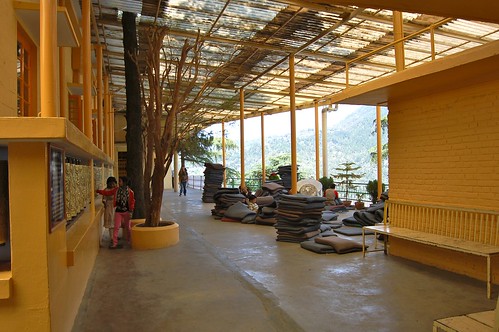
We learned later that the Dalai Lama had been teaching at a nearby monastery. One of my colleagues, Sue, had tickets to hear him speak, but she said the audience was too thick to see him and the FM radio that was supposed to transmit his talk in English malfunctioned. Still, she said she enjoyed his soothing voice, even if she couldn’t understand the words. We regretted not doing our homework and thus missing his talk, but then again, I’m not a fan of crowds.
A sign next the prayers wheels.
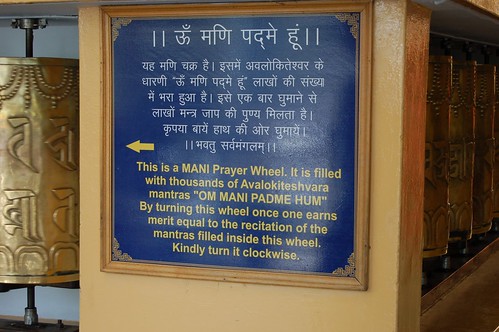
Theresa gets in on the prayer wheel action.

A monk was lighting candles in this small sanctuary.
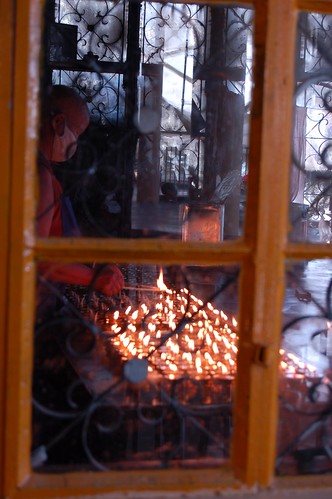
After turning all the prayer wheels in the temple, we headed outside to the “kora,” the circumambulation path. Buddhists walk the path clockwise in meditation. Trees along the path were draped with prayer flags, and other visitors had left colorful flat stones painted with Buddhist mantras. Benefactors funded sections of prayer wheels, marked with plaques explaining the blessings. The most common mantra was “om mani padme hum,” which calls forth blessings from the god of compassion. To learn more about the mantra, visit this excellent website: Om Mani Padme Hum – the Meaning of the Mantra in Tibetan Buddhism.
Cows numbered among the pilgrims on the path. Theresa tried to pose with them, but one poked her in the belly with its horn.

I made a little movie so you could take a virtual walk on the kora! I love practicing yoga to the music of Deva Premal, and this recording of her chanting Om Mani Padme Hum is one of my favorites.
If you want to know more about the Dalai Lama, check out his website: His Holiness the 14th Dalai Lama of Tibet.

